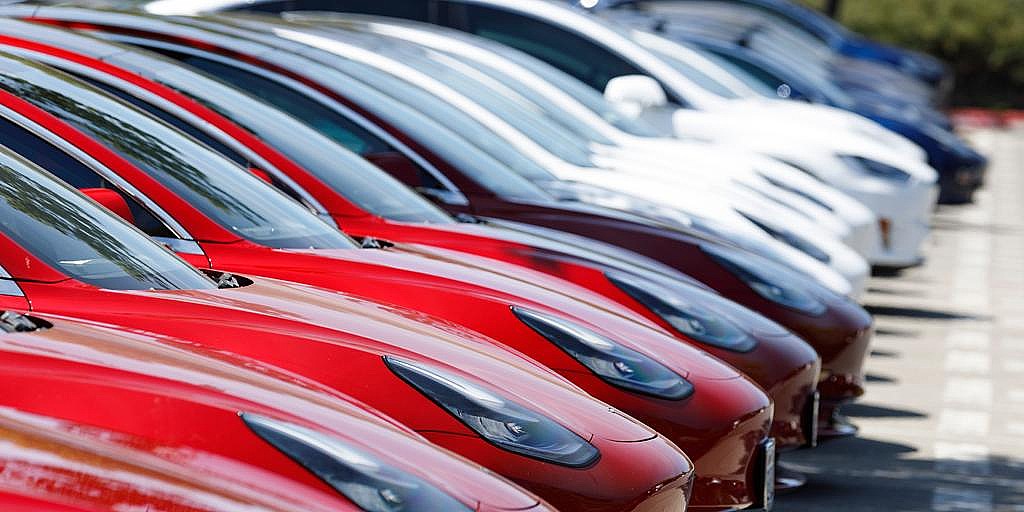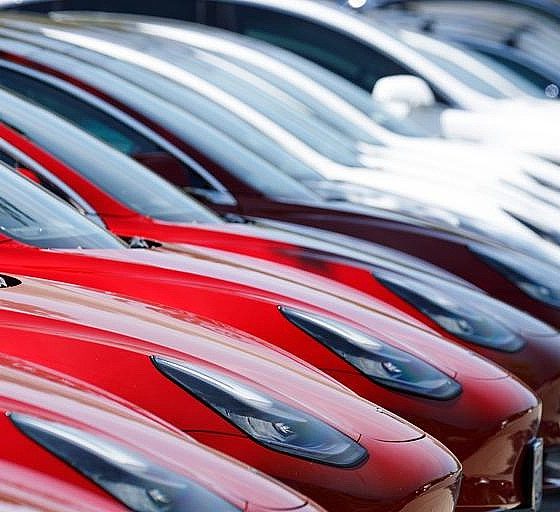With the adoption of electric vehicles underway, and with more and more veteran automakers dipping their toes in electric cars, EVs like the Tesla Model 3 are bound to see some competition. This would be notable in coming years, with vehicles like Volvo’s Polestar 2 expected to enter the market as early as 2020. Despite this influx of EVs, Tesla (NASDAQ:TSLA) bull and Loup Ventures Managing Partner Gene Munster argues that the Model 3 will likely remain unchallenged.
Currently, there are 17 EVs available in the US market. This is a notable increase from 2018, when there were only 11 that were available for purchase. By next year, there will likely be 24 all-electric cars that buyers could choose from. Munster argues that the majority of these vehicles could be divided into two categories: those that are priced above $70,000 and those that have a rated range below 130 miles. All of these, including the highly-anticipated Rivian R1S (which starts at the ~$70,000 range) or the Mini EV (which has a range of 135 miles), are not mainstream vehicles due to their cost or limited range.
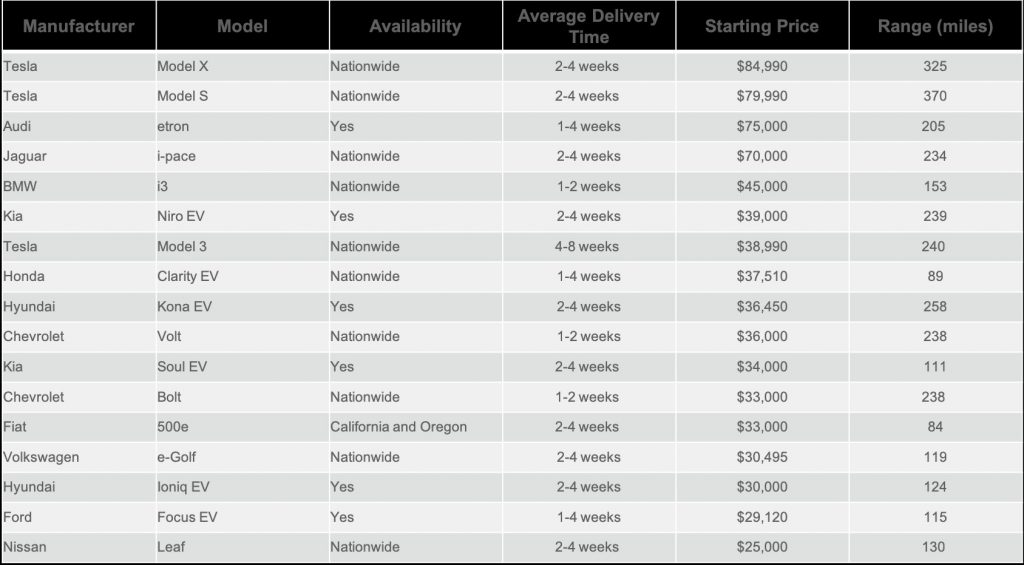
For an EV to be truly mainstream, Munster noted that the vehicle must be priced below $40,000 and have a range above 225 miles per charge. Only five electric cars in the US today meet this criterion: The Tesla Model 3 Standard Range Plus, the Chevy Bolt EV and the Volt, the Hyundai Kona Electric, and the Kia e-Niro. Munster noted that among these options, the Tesla Model 3 is the “clear winner in terms of value,” and this is something that would likely continue to the coming year. Even with the upcoming competition in 2020, the Model 3 will likely be “unchallenged in its EV value proposition,” the analyst wrote.
Tesla’s year-to-date EV market share stands at a dominating 75%. According to Munster, he expects this to decline to about 20-25% over the next ten years. Provided that the US auto sales stabilize at around 18 million per year, and provided that electric car adoption becomes widespread, Tesla’s sales in the country could end up yielding around 3.6-4.5 million vehicles per year. This is notable growth, considering that Tesla is expected to deliver just over 200,000 vehicles in the US this year, as part of its estimated 360,000 global deliveries in 2019.
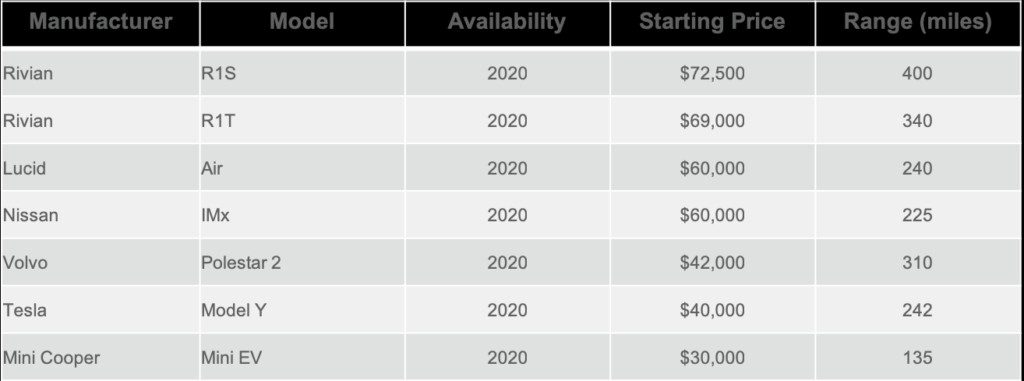
A key factor in this expected continued dominance is Tesla’s increasingly apparent 7-year headstart in the electric vehicle market. Munster argues that this headstart allows Tesla to enjoy a lead against its competitors in terms of batteries that are more efficient compared to other EV manufacturers, a vertically integrated Supercharger Network that’s easier to use compared to third-party charging stations, and dedicated full self-driving capabilities that are specifically tuned for the company’s vehicle lineup. These factors complete the Tesla ownership ecosystem, and all of these are present in the electric car maker’s entry-level offering, the Model 3 Standard Range Plus.
The narrative of Tesla’s upcoming competition has proven prevalent over the past years, with critics of the company dubbing electric cars such as the Jaguar I-PACE, the Audi e-tron, and the Chevy Bolt EV as potential “Tesla Killers.” As vehicles like the Model 3 continue to prove that Tesla is a moving target, and as companies like Jaguar and Audi exhibit teething problems with the I-PACE and e-tron, the gap between Tesla and its rival automakers continues to become more pronounced.
Disclosure: I have no ownership in shares of TSLA and have no plans to initiate any positions within 72 hours.

Investor's Corner
Tesla stock closes at all-time high on heels of Robotaxi progress
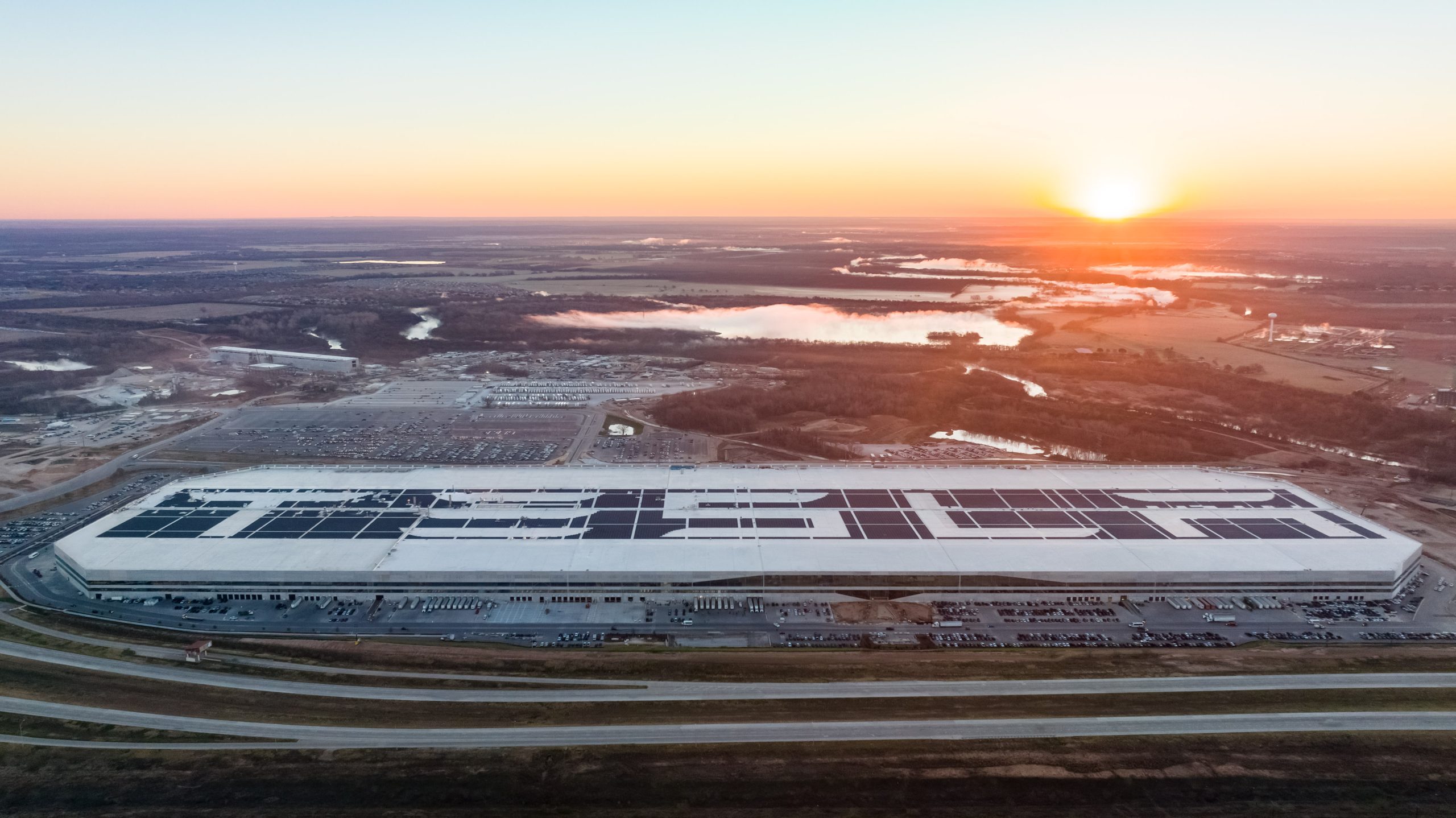
Tesla stock (NASDAQ: TSLA) closed at an all-time high on Tuesday, jumping over 3 percent during the day and finishing at $489.88.
The price beats the previous record close, which was $479.86.
Shares have had a crazy year, dipping more than 40 percent from the start of the year. The stock then started to recover once again around late April, when its price started to climb back up from the low $200 level.
This week, Tesla started to climb toward its highest levels ever, as it was revealed on Sunday that the company was testing driverless Robotaxis in Austin. The spike in value pushed the company’s valuation to $1.63 trillion.
Tesla Robotaxi goes driverless as Musk confirms Safety Monitor removal testing
It is the seventh-most valuable company on the market currently, trailing Nvidia, Apple, Alphabet (Google), Microsoft, Amazon, and Meta.
Shares closed up $14.57 today, up over 3 percent.
The stock has gone through a lot this year, as previously mentioned. Shares tumbled in Q1 due to CEO Elon Musk’s involvement with the Department of Government Efficiency (DOGE), which pulled his attention away from his companies and left a major overhang on their valuations.
However, things started to rebound halfway through the year, and as the government started to phase out the $7,500 tax credit, demand spiked as consumers tried to take advantage of it.
Q3 deliveries were the highest in company history, and Tesla responded to the loss of the tax credit with the launch of the Model 3 and Model Y Standard.
Additionally, analysts have announced high expectations this week for the company on Wall Street as Robotaxi continues to be the focus. With autonomy within Tesla’s sights, things are moving in the direction of Robotaxi being a major catalyst for growth on the Street in the coming year.
Elon Musk
Tesla needs to come through on this one Robotaxi metric, analyst says
“We think the key focus from here will be how fast Tesla can scale driverless operations (including if Tesla’s approach to software/hardware allows it to scale significantly faster than competitors, as the company has argued), and on profitability.”
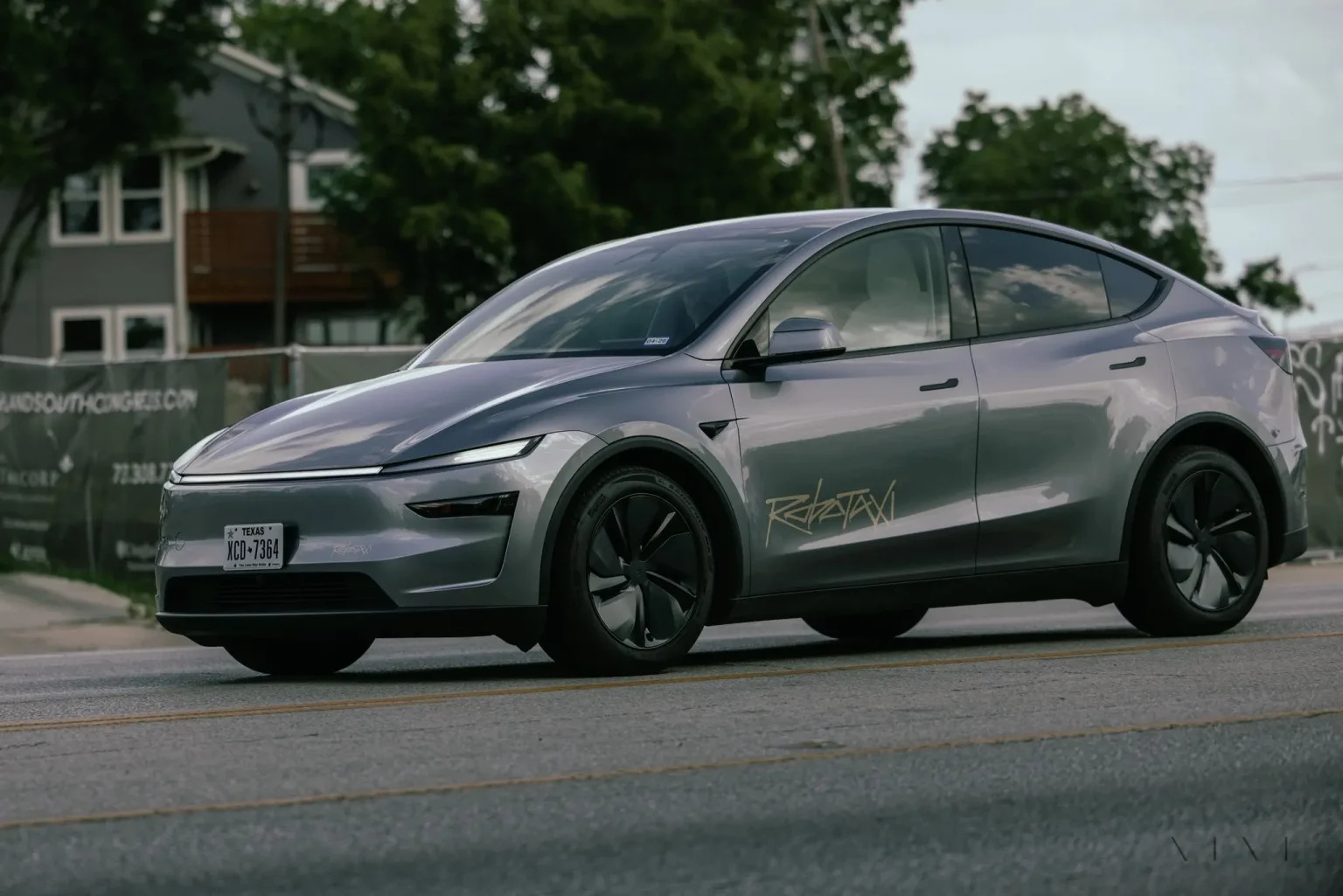
Tesla needs to come through on this one Robotaxi metric, Mark Delaney of Goldman Sachs says.
Tesla is in the process of rolling out its Robotaxi platform to areas outside of Austin and the California Bay Area. It has plans to launch in five additional cities, including Houston, Dallas, Miami, Las Vegas, and Phoenix.
However, the company’s expansion is not what the focus needs to be, according to Delaney. It’s the speed of deployment.
The analyst said:
“We think the key focus from here will be how fast Tesla can scale driverless operations (including if Tesla’s approach to software/hardware allows it to scale significantly faster than competitors, as the company has argued), and on profitability.”
Profitability will come as the Robotaxi fleet expands. Making that money will be dependent on when Tesla can initiate rides in more areas, giving more customers access to the program.
There are some additional things that the company needs to make happen ahead of the major Robotaxi expansion, one of those things is launching driverless rides in Austin, the first city in which it launched the program.
This week, Tesla started testing driverless Robotaxi rides in Austin, as two different Model Y units were spotted with no occupants, a huge step in the company’s plans for the ride-sharing platform.
Tesla Robotaxi goes driverless as Musk confirms Safety Monitor removal testing
CEO Elon Musk has been hoping to remove Safety Monitors from Robotaxis in Austin for several months, first mentioning the plan to have them out by the end of 2025 in September. He confirmed on Sunday that Tesla had officially removed vehicle occupants and started testing truly unsupervised rides.
Although Safety Monitors in Austin have been sitting in the passenger’s seat, they have still had the ability to override things in case of an emergency. After all, the ultimate goal was safety and avoiding any accidents or injuries.
Goldman Sachs reiterated its ‘Neutral’ rating and its $400 price target. Delaney said, “Tesla is making progress with its autonomous technology,” and recent developments make it evident that this is true.
Investor's Corner
Tesla gets bold Robotaxi prediction from Wall Street firm
Last week, Andrew Percoco took over Tesla analysis for Morgan Stanley from Adam Jonas, who covered the stock for years. Percoco seems to be less optimistic and bullish on Tesla shares, while still being fair and balanced in his analysis.
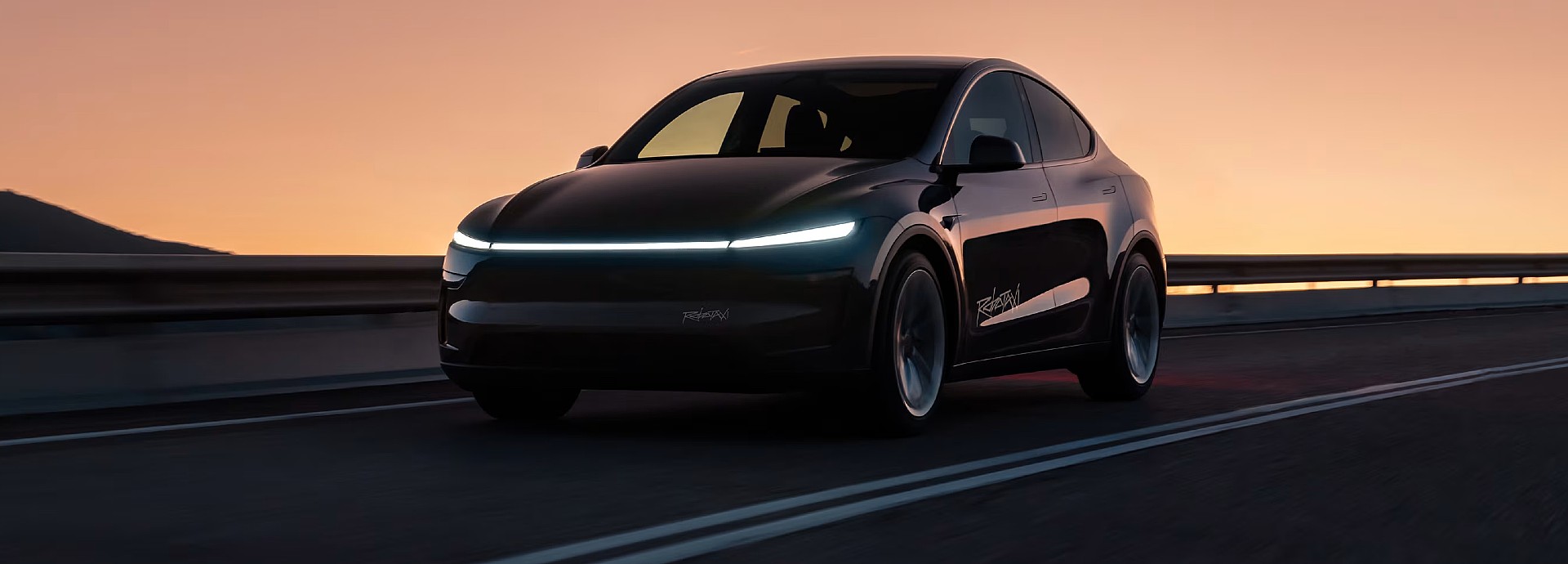
Tesla (NASDAQ: TSLA) received a bold Robotaxi prediction from Morgan Stanley, which anticipates a dramatic increase in the size of the company’s autonomous ride-hailing suite in the coming years.
Last week, Andrew Percoco took over Tesla analysis for Morgan Stanley from Adam Jonas, who covered the stock for years. Percoco seems to be less optimistic and bullish on Tesla shares, while still being fair and balanced in his analysis.
Percoco dug into the Robotaxi fleet and its expansion in the coming years in his latest note, released on Tuesday. The firm expects Tesla to increase the Robotaxi fleet size to 1,000 vehicles in 2026. However, that’s small-scale compared to what they expect from Tesla in a decade.
Tesla expands Robotaxi app access once again, this time on a global scale
By 2035, Morgan Stanley believes there will be one million Robotaxis on the road across multiple cities, a major jump and a considerable fleet size. We assume this means the fleet of vehicles Tesla will operate internally, and not including passenger-owned vehicles that could be added through software updates.
He also listed three specific catalysts that investors should pay attention to, as these will represent the company being on track to achieve its Robotaxi dreams:
- Opening Robotaxi to the public without a Safety Monitor. Timing is unclear, but it appears that Tesla is getting closer by the day.
- Improvement in safety metrics without the Safety Monitor. Tesla’s ability to improve its safety metrics as it scales miles driven without the Safety Monitor is imperative as it looks to scale in new states and cities in 2026.
- Cybercab start of production, targeted for April 2026. Tesla’s Cybercab is a purpose-built vehicle (no steering wheel or pedals, only two seats) that is expected to be produced through its state-of-the-art unboxed manufacturing process, offering further cost reductions and thus accelerating adoption over time.
Robotaxi stands to be one of Tesla’s most significant revenue contributors, especially as the company plans to continue expanding its ride-hailing service across the world in the coming years.
Its current deployment strategy is controlled and conservative to avoid any drastic and potentially program-ruining incidents.
So far, the program, which is active in Austin and the California Bay Area, has been widely successful.
